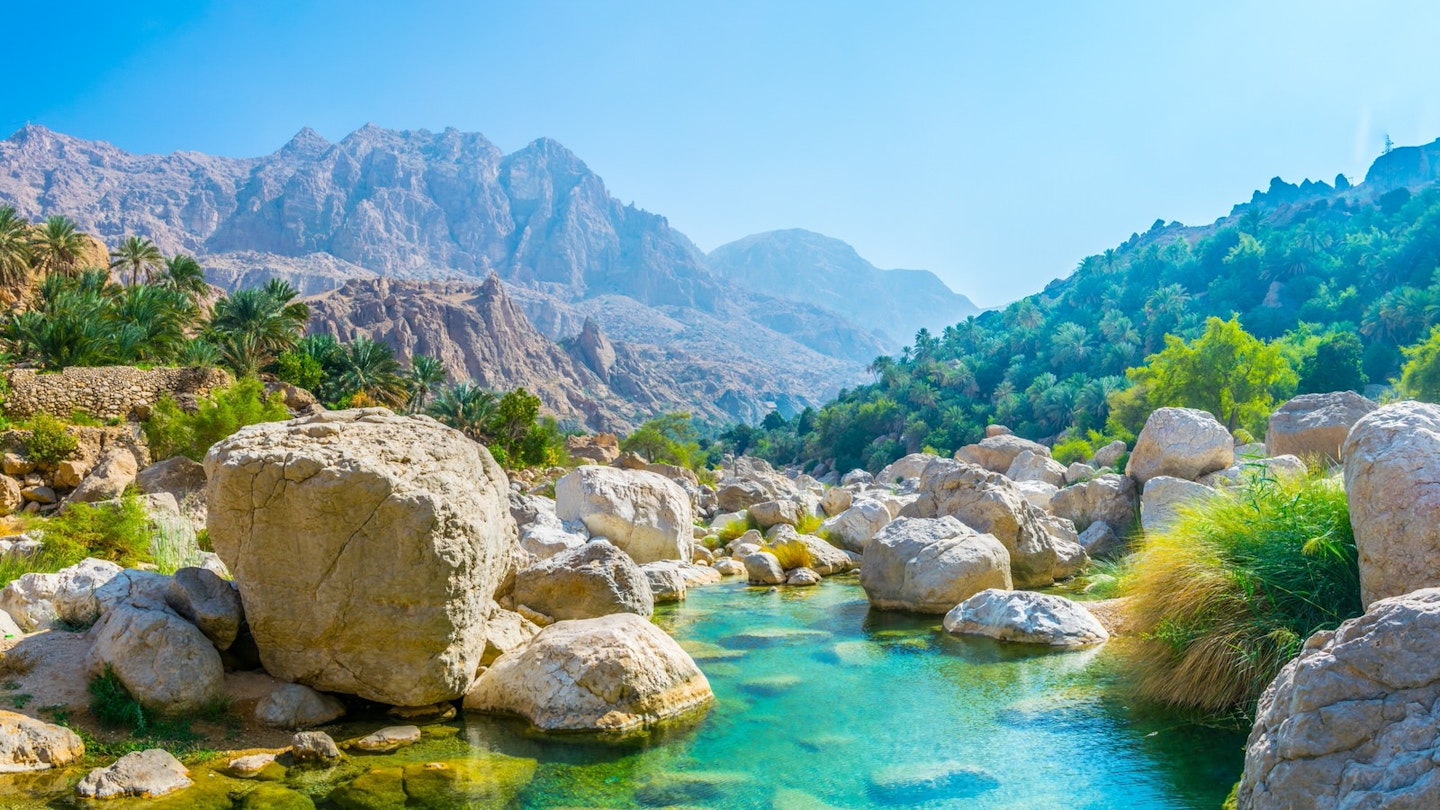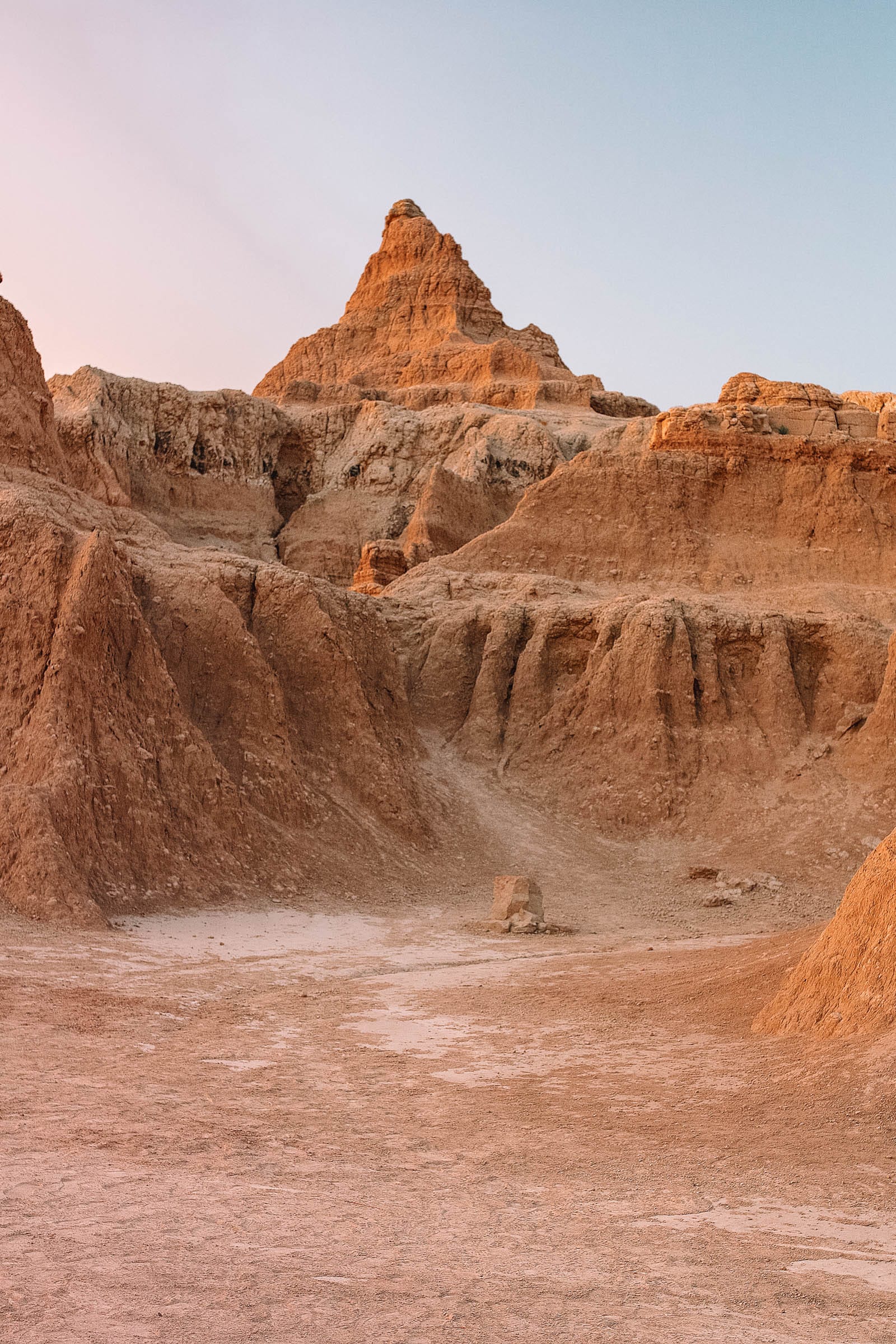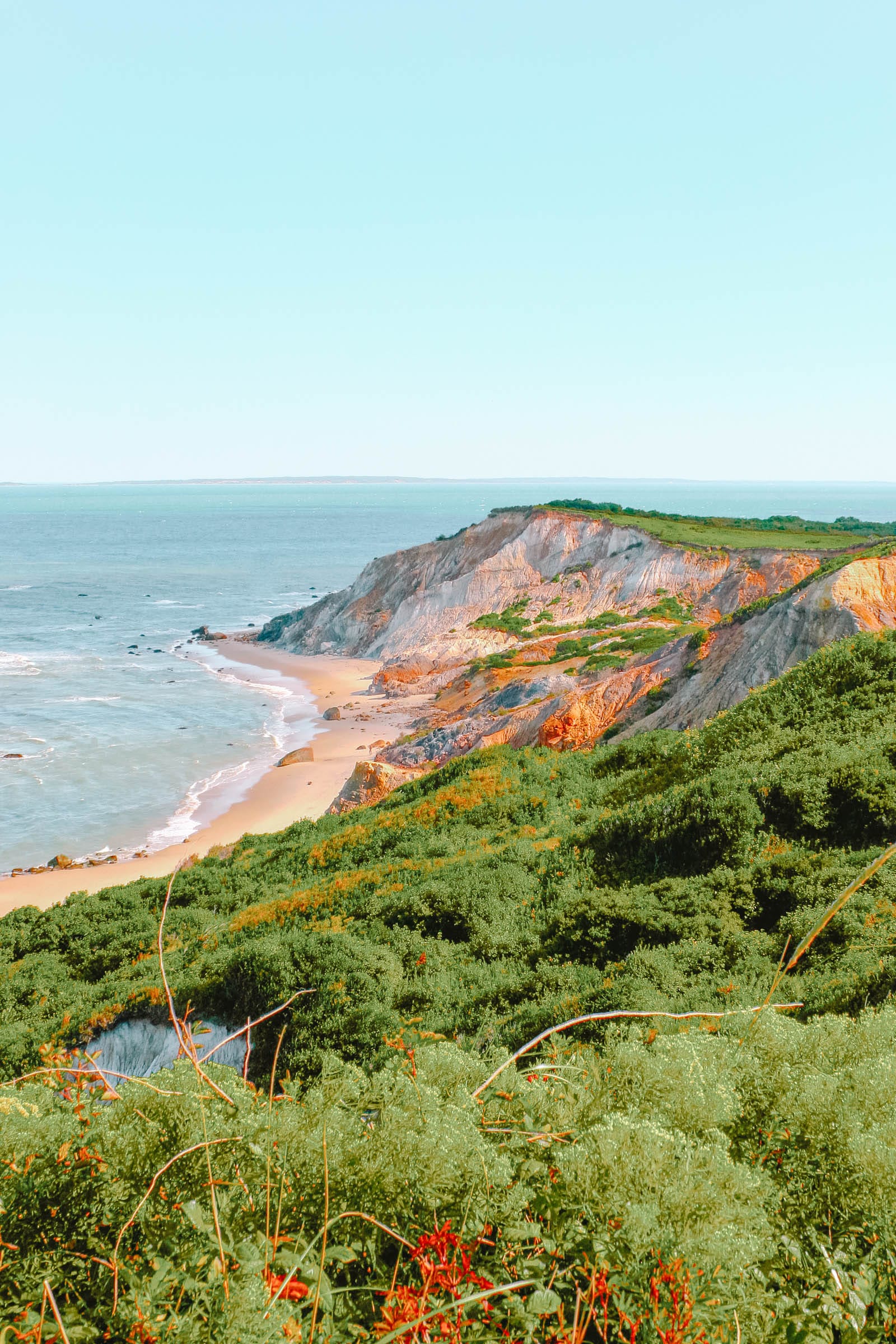Say the word ‘desert’ and chances are that rolling sand dunes and expansive horizontal space spring to mind. In Oman, however, the desert landscape includes a vertical dimension in the form of soaring limestone cliffs incised with canyons. Drive or hike along one of these narrow, arid defiles, and you enter a troglodyte world of ancient cave-dwellings, prehistoric petroglyphs, and old villages that appear to be exuding from the rockface.
Referred to locally as ‘wadis’, these canyons are part of the life-force of Oman’s Hajar Mountains. Flowing with water in winter and a haven for wildlife in summer, wadis form the oases of this vertical desert, ribboned with wildflowers, echoing with toads, and vibrating in mid-summer with love-sick cicadas. A trip to one of these wadis for a hike, an off-road drive, or a picnic is a highlight of a visit to Oman, likely recalibrating one’s definition of desert.
Which Wadi for What?
With dozens of accessible wadis in Oman, some of the most spectacular are found threading through the Hajar Mountains, surrounding Muscat. In the western portion of this range, just an hour’s drive from Muscat, three beautiful wadis (Wadi Mistal, Wadi Bani Kharus, and Wadi Bani Awf) drop from the Jebel Akhdar massif, Oman’s highest point, to the flat plain below.
For a longer circuit with overnight camping in the dunes of the Sharqiya Sands, Wadi Shab, Wadi Tiwi, and Wadi Bani Khalid—three of the most famous wadis in Oman—invite exploration in the eastern portion of the Hajar range.
Each wadi possesses its unique character, hosting communities of hardy villagers who traditionally work the fertile soil along the banks or tend their date plantations in unforgiving terraces high above the wadi floor. Whether you choose to hike, drive, or enjoy the spectacular landscape, each wadi offers a distinctly diverse experience.
Best Wadi for a Walk: Wadi Mistal
A tarmacked road leads into Wadi Mistal, the first major wadi after the town of Nakhal. The route passes through the narrow neck of the wadi, shaded by stands of mature Christ-thorn trees and dotted with wild figs protruding from rocky cliffs. The road slithers into the enormous Al Ghubra Bowl, adorned with funnel-shaped acacias and surrounded by jagged peaks.
While it seems improbable that anything survives among the upper reaches of this rocky plateau, the rim of Wadi Mistal is home to the thriving traditional village of Wakan. This location serves as the trailhead for one of the best walks in the Hajar Mountains. The unpaved track from the wadi bottom to Wakan winds through a hillside of wild lavender and thistles, eventually leading to a small parking area for visitors. From here, official hiking Path 24 and 25 meander through the village’s market gardens, along orchard paths, and into the wild juniper and olive shrubbery beyond.
Best Wadi Walls: Wadi Bani Kharus
Easily accessed from the fort-town of Al Awabi, off Highway 13, Wadi Bani Kharus is often overlooked by casual visitors to the Hajar Mountains, despite hiding a prized geological feature known as a ‘classic unconformity’. This geological hiatus spans 300 million years and may not appear significant to the untrained eye. Nonetheless, these features support theories about tectonic plate movement.
Even if unconformities are not of interest, other geographic features are captivating. Petroglyphs are etched into the wadi walls near the entrance, and a rockface of glacial tillite highlights that Oman was not always a desert.
Best Wadi for Wow Factor: Wadi Bani Awf
Midmorning in the mountains of Oman presents one of the desert’s most dazzling spectacles. At this moment, sunlight floods the valley, dispersing the subterranean gloom as it dances among the date palms. The breathtaking transformation lasts mere minutes, marking a magical experience that is not easily forgotten.
Wadi Bani Awf, which has been an essential thoroughfare for centuries, is accessed by a good tarmac road off Highway 13. The cliffs of this wadi are particularly steep, so the rains channel through the narrow gorge with considerable force. Almost year-round, the ancient aflaj (irrigation channels) brim with water, nourishing the date and citrus plantations vital to local communities.
Best Wadis for Water: Wadi Shab, Wadi Tiwi, and Wadi Bani Khalid
Nesting in the Eastern Hajar Mountains, Wadi Shab, Wadi Tiwi, and Wadi Bani Khalid lie at the base of an arid limestone massif, topped by a flat plateau. These mountains are riddled with caves and are home to the renowned Majlis Al Jinn, one of the largest caverns in the world. Rainwater seeps through these cave systems before reappearing as spring water that feeds into the wadis below. As Oman endures sweltering heat and its landscape becomes barren, these three main wadis provide miraculous oases of running water.
Wadi Shab is celebrated as the most beautiful of the three, showcasing translucent pools of turquoise water, teeming with fish, insects, and birds. Reached on foot, a path leads into the heart of the wadi, offering entrance into a subterranean cavern at the trail’s summit. While these upper regions are picturesque, the iconic entry method—crossing via boat over a brackish lagoon—adds to Wadi Shab’s allure. Local youths are ready to ferry visitors over for a nominal fee, and the views of vertical cliffs reflected on the water create unforgettable memories.
Neighboring Wadi Tiwi is more accessible by car and perfect for a picnic. Although initially marked by the Muscat-Sur highway, which arches over the wadi entrance, the valley soon unfolds into a tranquil oasis of grasses and wild oleander. With a sequence of villages climbing the wadi walls, waters tumble through picturesque waterfalls, surrounded by date plantations and fields of corn and alfalfa. Adventurous hikers can undertake a challenging two-day trek from Wadi Tiwi to Wadi Bani Khalid with a guide.
The farthest yet easiest accessible wadi is Wadi Bani Khalid, popular among visitors who brave an early morning for a day trip. Weekends see strings of cars lining the narrow entrance, drawn by the permanent swimming pools. Those who take their time to arrive are rewarded by stunning views of the spectacular approach, where streaks of vibrant sedimentary rock paint the landscape. In the afternoon, the call to prayer resonates above palm canopies, the wadi growing quiet in the heat.




